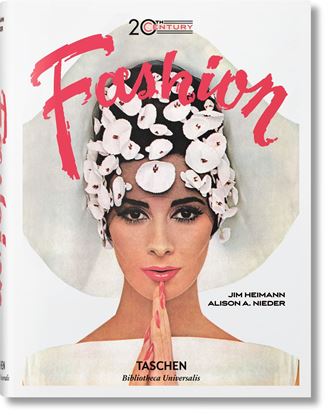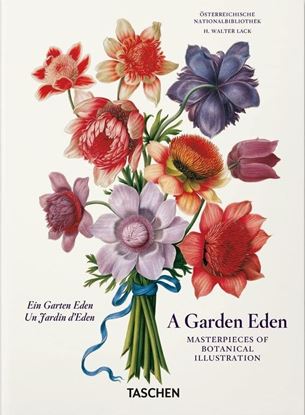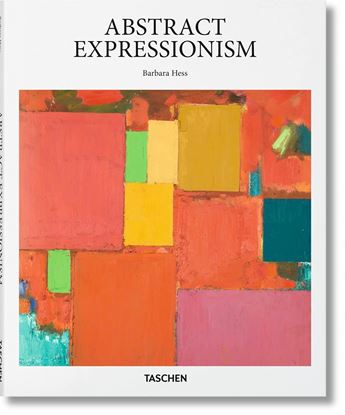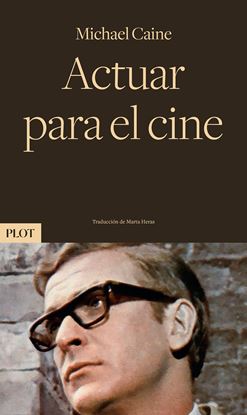

20TH CENTURY FASHION (BIBLIOTHECA UNIVER
The 20th century saw fashion evolve from an exclusive Parisian salon business catering for the wealthy elite into a global industry employing millions, with new trends whisked into stores before the last model has even left the catwalk.
Along the way, the signature silhouettes of each era evolved beyond recognition. For women, House of Worth crinolines gave way to Vionnet's bias-cut gowns, Dior's New Look to Quant's Chelsea Look, Halston's white suit to Frankie B.'s low-rise jeans. In menswear, ready-made suits signaled the demise of bespoke tailoring, long before Hawaiian shirts or skinny jeans entered the game.
20th-Century Fashion offers a retrospective of the last hundred years of style via 400 fashion advertisements from the Jim Heimann Collection. The images trace not only the changing trends but also the evolution in their marketing and audience, as fashion was adopted into popular culture and the mass market, decade by decade. An in-depth introduction and illustrated timeline detail the style-makers and trendsetters, and how historic events, design houses, retailers, films, magazines, and celebrities shaped the way we dressed-then and now.
1,800
A GARDEN EDEN. MASTERPIECES OF BOTANICAL
En la búsqueda del placer por el conocimiento y la belleza, el arte de la ilustración botánica siempre ha requerido una meticulosa técnica de delineado y una rigurosa comprensión científica. Esta nueva edición, que incluye nuevas imágenes, repasa toda la tradición botánica y sus talentos, con una selección de las mejores obras de la Biblioteca Nacional de Viena.
Desde manuscritos bizantinos hasta obras maestras del siglo XIX, a través de peonías, lirios y crisantemos, estas exquisitas reproducciones deslumbran por su precisión y su estética. Sea con hojas cuidadosamente enrolladas, texturas de frutas dibujadas con precisión o la belleza pura y la variedad de los colores, esta forma de arte es tan delicada como precisa, e incluso despierta nuestra conciencia sobre el entorno ecológico y sobre la preciosa flora natural tan amenazada.
2,300
A PROPOSITO DE JOAN MANUEL SERRAT
El retrato del cantautor que se ha convertido en la banda sonora de varias generaciones.
A propósito de Joan Manuel Serrat no se trata solo de un libro sobre él. Es la biografía de un tiempo y de un país, desde su nacimiento el 27 de diciembre de 1943 hasta su último concierto el 23 de diciembre de 2022 en Barcelona, vista a través de los ojos de un periodista y escritor que le ha seguido desde crío, cuando lo escuchó por primera vez y pidió a familiares emigradosa Barcelona que le trajeran sus primeros discos grabados en catalán.
Serrat ha construido la banda sonora de varias generaciones. Ahora, Juan Ramón Iborra escribe sobre el noi de Poble Sec como si de un recuerdo se tratase, intercalando capítulos de sus encuentros y entrevistas, desde que se conocieron en 1973, tras su concierto en la plaza de toros de Valencia.
Serrat representa, más allá de sus canciones, un ejemplo de honestidad y de conceptos morales bien arraigados. Nació cuatro años después de acabar la guerra civil en el seno de una familia de perdedores, que sufrió la posguerra del estraperlo y las penurias. Él supo subir a lo más alto. Ahora que se ha jubilado de los escenarios, merece la pena acercarse al bagaje que nos deja Serrat, con un manojo de hermosas canciones y una ética a prueba de insensatos. Y de nostalgias.
1,500
ABSTRACT EXPRESSIONISM (BA-ARCH) (GB)
Hailed as the first American-born art movement to have a worldwide influence, Abstract Expressionism denotes the non-representational use of paint as a means of personal expression. It emerged in America in the 1940s, with lead protagonists including Jackson Pollock, Philip Guston, Robert Motherwell, Mark Rothko, and Willem de Kooning.
Abstract Expressionism spawned many different stylistic tendencies but two particularly prominent sub-categories: action painting, exemplified by de Kooning and Pollock, and color field painting, made most famous by Rothko. Throughout, Abstract Expressionists strove to convey emotions and ideas through the making of marks, through forms, textures, shades, and the particular quality of brushstrokes. The movement favored large-scale canvases, and embraced the role of accident or chance.
With featured works from 20 key Abstract Expressionist artists, this book introduces the movement which shifted the center of art gravity from Paris to New York and remains for many the golden moment of American art.
1,350
ACTUAR PARA EL CINE
Nadie mejor que Michael Caine para enseñar los trucos de la interpretación en el cine.
«¿Por qué les cuento todo esto? ¿Qué derecho tiene Michael Caine a enseñarles a actuar en el cine? Absolutamente ninguno. Hay muchos actores que saben tanto como yo y más. Pero una parte de este negocio es algo más que un negocio: es una comunidad. Y una comunidad en la que la gente comparte sus experiencias. Lo que yo sé hoy es el resultado de lo que otros actores de éxito han compartido conmigo. Solo estoy pasando la antorcha. No tomen mi experiencia por el sagrado evangelio. ¡Limítense a tomarla y echar a correr!»
Nadie mejor que Michael Caine para enseñar los trucos de la interpretación en el cine. Michael Caine apareció en una película en 1956 por primera vez, y desde entonces no ha parado de demostrar lo importante que son el naturalismo y la espontaneidad ante las cámaras. Su filmografía cuenta con más de cien títulos de todo género y nacionalidad, ha sido un icono hockney, el secundario más brillante y el protagonista de películas dirigidas por los más grandes de la historia del cine: John Hudson, Woody Allen, Vittorio de Sica, Brian De Palma, Stanley Donen, Christopher Nolan o Paolo Sorrentino han hecho de él un actor polifacético, siempre ingenioso y seductor sin encasillarlo en un personaje.En este libro, Michael Caine brinda una lección de actuación en cada frase. Atento a los detalles sin perder ni un ápice de diversión, 'Actuar para el cine' es también un recorrido por su carrera, lleno de consejos sobre cómo ser una estrella y cómo mirar sin miedo a la cámara. Imprescindible para el actor profesional, para el estudiante de interpretación y para el aficionado que desea conocer los secretos del oficio.
1,450
AI WEIWEI (40TH) (INT)
Conocido tanto por sus ideas políticas y activismo en las redes sociales como por su arte, basado en intervenciones sociales, su aproximación contemporánea al arte encontrado (ready-made) y su conocimiento de la artesanía tradicional china, la fama de Ai Weiwei se extiende más allá del mundo artístico. Esta monografía de Ai Weiwei explora todas...
2,300














